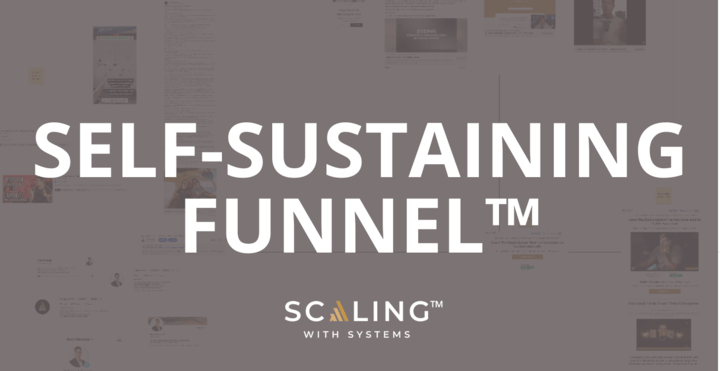Tired of your emails being overlooked and ending up in the spam folder? Discover the proven techniques to boost email deliverability and ensure your message reaches your prospects’ inboxes.
Achieving successful email deliverability is a constant challenge for email marketers. Despite putting in the time and effort to craft compelling messages, it can be frustrating to see your emails in the spam folder.
Email marketing statistics show that people send 347.3 billion emails yearly, and 45.56% of those emails land in the spam folder.
A low email deliverability rate will result in lost opportunities and tarnish your reputation as a business. Your email needs to stand out, engage, avoid triggering spam traps, and be personalized for a higher email delivery rate.
In this article, we’ll discuss email deliverability and how you can improve it. We’ll also share some actionable tips to beat your industry’s email delivery rate benchmark.
What Is Email Delivery?
Email delivery, a crucial metric for email marketers, determines if your messages reach the recipient’s inbox. A high delivery rate means your emails successfully reach their destination without being bounced back as undeliverable.
Keep in mind that this metric only considers whether the email was delivered. It doesn’t reflect if it went to the inbox or the spam folder.
What Is Email Deliverability?
Email deliverability refers to the ability of emails to reach the intended recipient’s inbox instead of the spam folder. A high deliverability rate means your emails are getting in front of more eyes and driving more engagement. This leads to increased conversions and sales.
Remember, deliverability depends on a few key factors, as follows:
- The reputation of the sending IP
- The authenticity of the sending domain
- The quality of the recipient list
- The content of the email itself
How The Email Platforms Work
When it comes to email, Google dominates the market, with Gmail commanding a 36.5% market share. As the industry thought leader, other email platforms often follow Google’s approach.
With a user-first mentality, Google prioritizes delivering a seamless experience by blocking spam emails from reaching primary inboxes. The result? Gmail users remain engaged and satisfied, ensuring continued use.
The email tools and techniques you use must provide a good user experience. Here’s how you can ensure that:
Sending Cold Emails to a Quality List
You need to have as few bounces as possible. Bounces happen when you are sending emails to addresses that are invalid or no longer exist.
So, when scraping email addresses online or purchasing them from different providers, you need to validate them.
If you are sending emails out and a lot of them bounce back, it tells email platforms that you are spamming to promote your products or services.
On the flip side, if all of your emails reach the people you intended, it lets the email providers know that you are supposed to be in that person’s inbox.
Validate Email Addresses
At Scaling With Systems, we utilize NeverBounce to verify the validity of our target audience’s email addresses. With a simple ping, NeverBounce confirms the email’s active status.
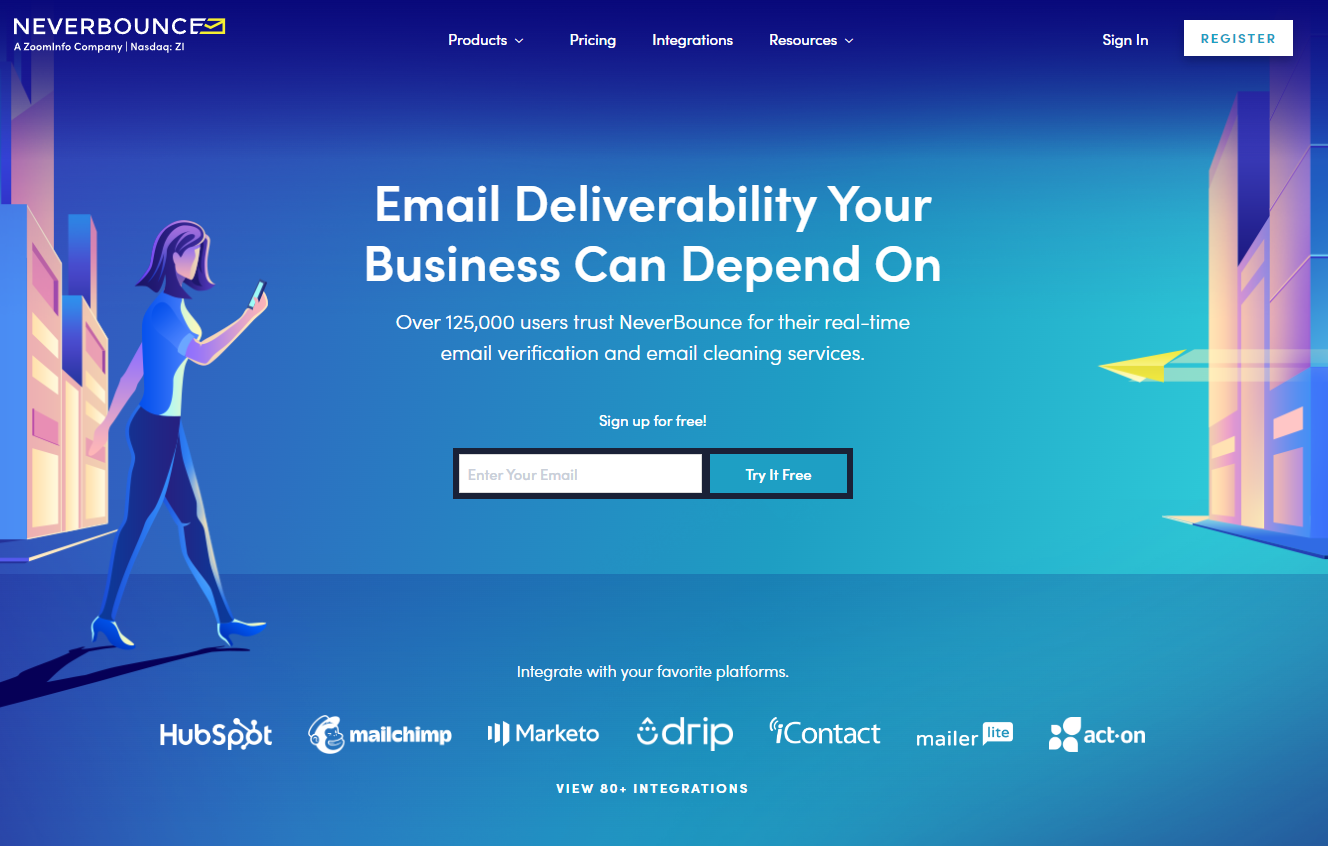
Upload your email list to NeverBounce for a clean version that will serve as the foundation for a successful email campaign. With higher email delivery rates, you can effectively reach your target audience and drive desired outcomes.
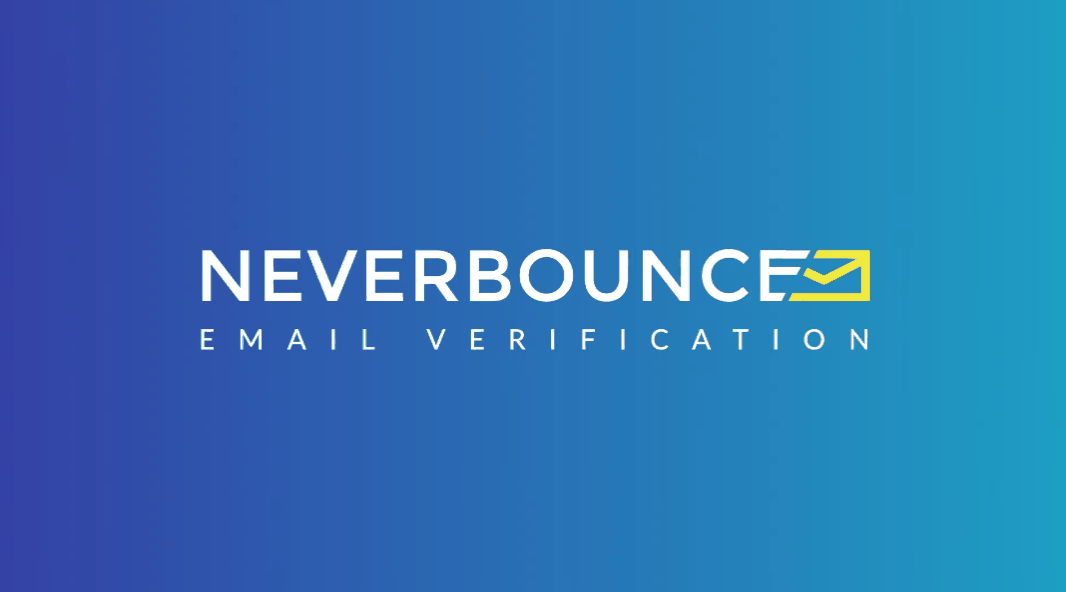
Create A Curiosity-Driven Subject Line
The subject line is one of the most critical factors determining your email delivery rate. Email marketing statistics show that 69% of email recipients report emails as spam based on the subject line.
Also, your subject line needs to be catchy enough to get higher open rates. Low email open rates make the email providers think you are spamming people.
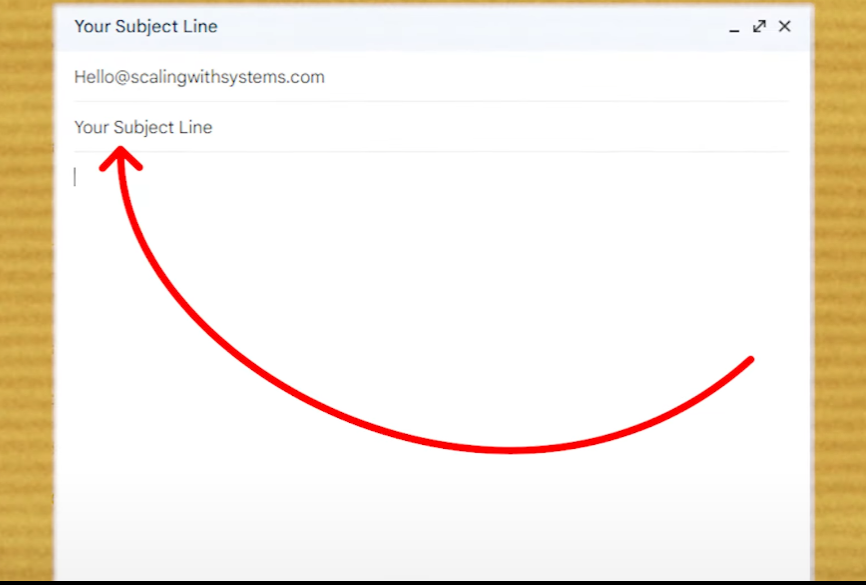
Generally, people open emails that are from individuals they know and ignore or report the ones they think are spammy. To ensure higher open rates, you must create personalized or curiosity-driven subject lines.
When your audience gets to their inbox, at a glance, they see the first 3–4 words in your subject line. Here are a few of the best we’ve seen in the wild:
- Questions about your company
- “I saw your company on Zillow.”
- “I saw your product on Instagram.”
Using subject lines like these make your audience think that you are someone they know or that you’ll offer some insights into their business. This will increase the chances of your email getting opened.
Here are a few things you need to stay clear of when writing the subject lines for your email campaigns:
- Using all caps to appear as if you are shouting at them
- Overusing exclamation points
- Making false promises
- Sounding overly pushy or salesy in your messaging.
Include A Strong Preview Text
Preview text is a brief snippet that previews the email’s content and is displayed alongside the subject line in the inbox of most major email clients.
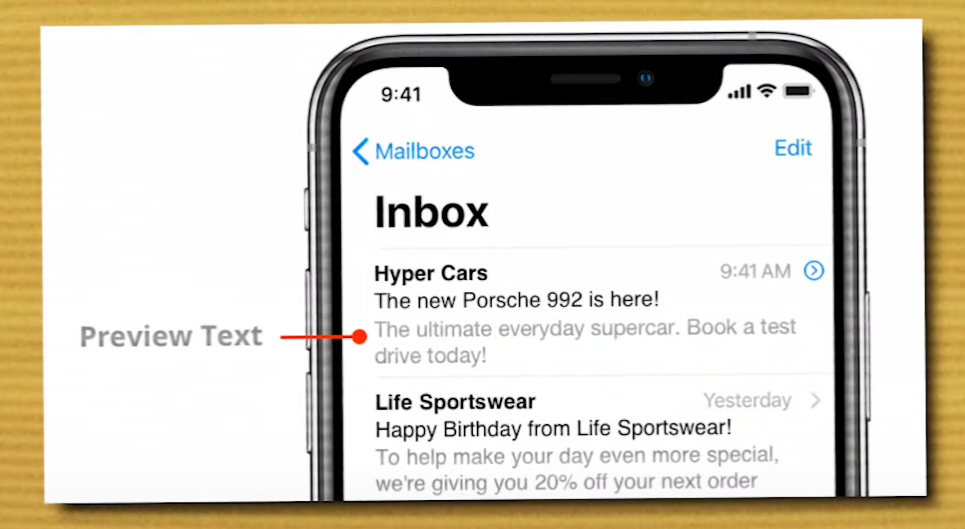
These 10–14 words are a vital aspect of email marketing, as they can significantly impact the success of a campaign. Preview text is a small but powerful element that can make a big difference in the open rates of your emails, which will impact email deliverability.
It should be interesting, attention-grabbing, and relevant to the email’s content. It should also be no longer than 100 characters, as most email clients will truncate the text after this limit.
Say you’ve written a curiosity-driven email subject line that says, “A few questions about Bob’s business.” But the first line you put inside your cold email says, “Hey Bob, I want you to work with us because we can help you with these three or four things.”
With preview texts like these, your open rates will be pretty low, which means you’ll also have low email delivery rates. Your preview text should be in line with your curiosity-driven subject line.
Don’t Burn-Out Your Primary Email Domain
A mistake most people make is sending out warm emails to their email subscribers and cold emails through a single email domain.
Should that domain become blacklisted, email deliverability will decline, even for those who’ve opted in.
At Scaling With Systems, we mitigate this risk by separating our email domains. Our main domain, “scalingwithsystems.com,” serves as our primary point of contact with clients.
Meanwhile, a separate domain, “scalingwithsystem.com,” without the “s,” handles cold email outreach.
This ensures emails to clients consistently reach their inboxes and allows us to alternate between domains for cold emails, boosting email delivery rates without risking our primary domain.
As a bonus, redirecting separate domains to the main website allows seamless transitions for those who click on the cold email domain.
Warm Up Your Email Domains
To secure a high email delivery rate, you must have a good reputation with email providers. They need to see your email address as an authentic and valid email.
Say you create a new email ID today and send out a thousand emails to your audience, and most of those emails bounce or don’t even get opened. The email providers will know that this is spam and will throttle it or shut it down entirely.
Instead, start sending out emails slowly, anywhere from 20 to 50 emails per day. Also, when sending emails, ensure they are hyper-personalized so you can get a response back. This back-and-forth between your email address and an established one will help the email service provider understand that you are not a spammer.
Use Lemlist Software
The warming-up process can be repetitive and time-consuming, so we recommend using software such as Lemlist.
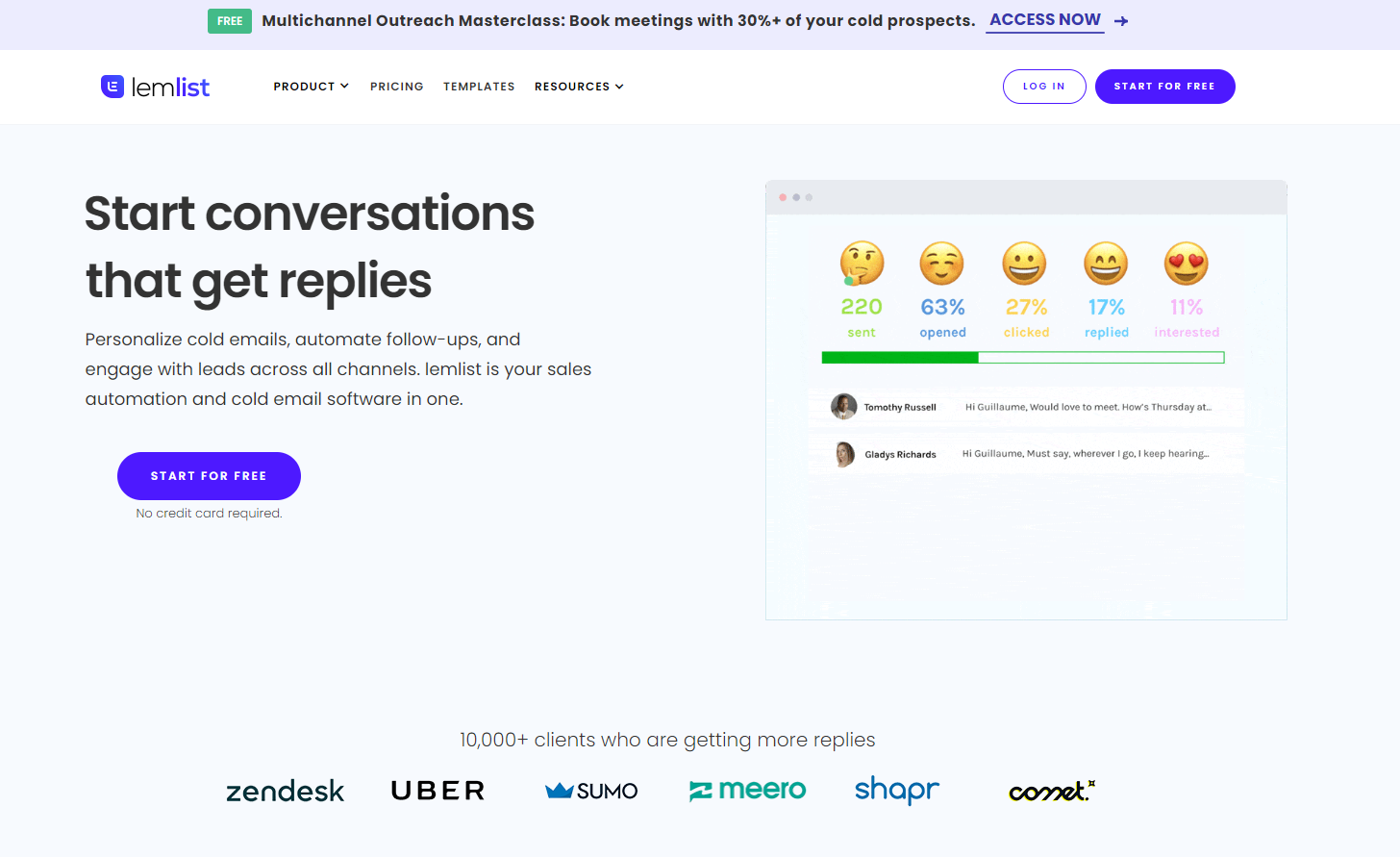
Once you enter your email address into this software, it slowly converses with other established email addresses using your email, warming up your email for you.
Avoid Spam Triggers
When you are sending emails that contain known blacklisted or spammy words, it will create email deliverability issues for you. Here are a few examples of spammy words/phrases:
- Hundred percent guaranteed
- 100% FREE
- Double your income
- Triple your net worth
- Send money here
- Act immediately
- Claim your discount NOW!
- Jackpot
Email service providers have identified these keywords as high-risk. When you use them in your cold email campaigns, you’ll end up in the promotions tab or spam folder, tanking your email delivery rate.
There are a lot of websites that have listed the blacklist words you need to avoid. Read on to find out about the best one of those websites we’ll mention later in this article.
When sending emails, avoid using characters like “, >, or !. And steer clear of symbols or exaggerated numbers, like 777, $$$, or 0% risk. These can also make your message look suspicious to email service providers.
Scale Back Your Email Campaigns
At some point in your email campaign, you’ll hit a threshold. Your email deliverability will suffer if you go beyond that threshold.
Say you send 200 emails daily, and your spam rate is 20%. When you scale your campaign to 500 emails per day, your email delivery rate drops to 50% while all other factors remain constant.
While there is no hard-and-fast rule, we incrementally scale our email campaigns.
Once we notice a significant increase in the spam rate, we scale back the campaigns to the optimal number we were at just before the spike in the spam rate.
Frequently Test Your Email For Deliverability
Checking your emails for their deliverability can help you identify and fix technical issues. Plus, you can improve your sender reputation by identifying patterns such as high bounce rates or unsubscribe rates.
You can also optimize your campaign’s performance by A/B testing different subject lines or email designs.
At Scaling With Systems, we test our emails for their deliverability by leveraging two methods. These techniques are as follows:
Virgin Email Address
You can set up a separate email address that has never sent or received any emails before, which we call a “virgin” email address.
Whenever you want to test if your primary email domain is going to the spam folder, you can email that virgin email address to check if it landed in the spam folder.
Use “Is Not Spam” Tool
IsNotSpam offers a valuable service – a free online check of your emails’ deliverability.
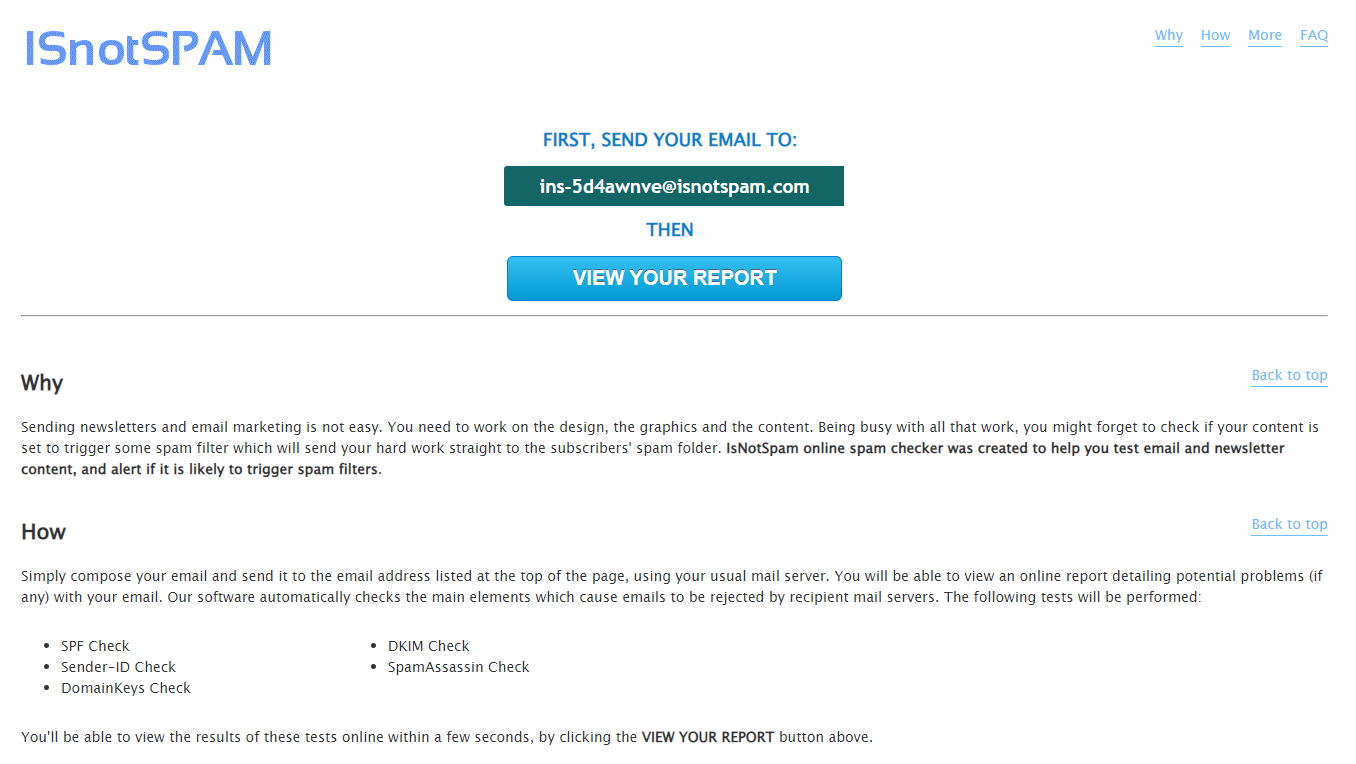
Simply send the email to their designated address and receive a report that reveals whether it landed in the spam folder and why. The tool even identifies any trigger words that might have caused the issue.
Boost Your Email Deliverability With Domain Authentication
Establishing a sound email infrastructure demands validation of the sender domain.
This validation guarantees that the recipient’s email server recognizes the message has originated from a legitimate, verified source rather than an unrecognized, potentially malicious one.
Through authentication, the chances of your emails reaching the recipient’s inbox rather than being sent to the spam folder significantly increase.
Following are three ways you can leverage to authenticate your email domain:
Sender Policy Framework (SPF)
SPF allows the recipient’s server to confirm the sender’s legitimacy by verifying that the email originates from an authorized server for the domain.
Upon receiving the email, the recipient’s server checks the domain’s SPF record listed in the email’s “From” address. If the server that sent the email fails to appear in the SPF record, the email may be considered spam or discarded.
To avoid this predicament, include an SPF record in your domain’s DNS to limit email sending to authorized servers only. This measure significantly reduces the risk of your emails being flagged as spam and increases their chances of reaching the intended inbox.
DomainKeys Identified Mails (DKIM)
Another tactic to increase email deliverability is leveraging DKIM (DomainKeys Identified Mail), which adds an extra layer of legitimacy to your emails.
When sending an email, a digital signature is attached to it. The recipient’s email server then confirms the signature’s authenticity.
Even if a spammer intercepts and modifies the email, the altered content will cause the signature to mismatch, marking the email as spam or rejected.
Adopting DKIM shows the recipient’s server your commitment to securing your email and your status as a legitimate sender.
That increases your chance of reaching your intended person’s inbox instead of the spam folder.
Domain-based Message Authentication, Reporting, & Conformance (DMARC)
Another critical email authentication method that can help improve email deliverability is DMARC. This method allows the domain owner to set policies for email receivers handling messages that fail SPF and DKIM checks.
For example, the owner of a domain can specify that all emails that fail SPF or DKIM checks should be marked as spam. This way, even if a spammer bypasses the initial SPF and DKIM checks, the email will still be marked as spam if it fails the DMARC check.
Also, DMARC provides a reporting mechanism that allows domain owners to receive feedback on how their domain is used in the email ecosystem. That feedback can help you significantly increase your email delivery rate above your industry’s email delivery rate benchmark.
Email Delivery Rate: FAQs
What is a good rate for email delivery?
Email service providers consider a delivery rate of 93% or higher to be good. It’s also essential to keep your spam rate as low as possible, with a maximum of 1% being the ideal goal. Plus, a bounce rate of 2-3% or less can significantly impact your deliverability, increasing email interactions with your audience.
How do you calculate the email delivery rate?
To calculate your deliverability rate, divide the number of successfully delivered emails by the total number of emails sent.
Then multiply the resulting number by 100 to obtain your percentage.
What causes email deliverability issues?
Deliverability problems can occur when there are issues with any of the following elements of your email:
- Domain authentication
- The reputation of your email address, domain, and IP
- The validity of the email address list
- The quality of the email content.
Wrapping Up: Email Deliverability
Email deliverability is the foundation of any successful email marketing campaign. It measures your emails’ ability to reach the intended recipients’ inboxes.
Every improvement in deliverability is a step towards gaining more customers and growing your business. It’s an opportunity to connect with more people, build stronger relationships, and drive more sales.
Unlock the true potential of your business and soar to new heights with Scaling With Systems.
Imagine having a steady stream of leads that are not only interested in your products or services but also have the potential to become long-term, loyal customers.
We can help your business acquire more high-quality leads consistently and develop a profitable client acquisition strategy. Book a free consultation call to learn more about how we can help you grow your business.


